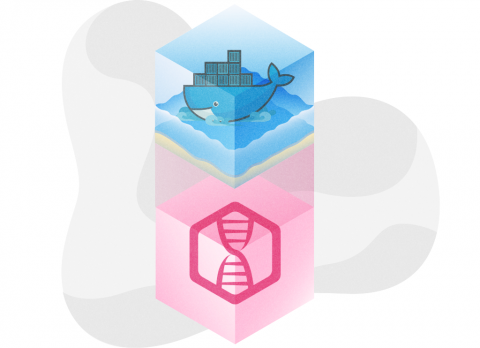Operations | Monitoring | ITSM | DevOps | Cloud
Blog
How to Monitor Fastly Performance
In the last post, we talked about how Fastly, a content delivery network, provides a global infrastructure footprint to enterprises, and enables them to move apps and websites closer to their end users. Using Fastly CDN, they can serve content and deploy updates quickly, optimize web performance, and improve overall user experience. In this post, we will discuss how to collect, analyze, and monitor Fastly logs.
Three Letters That Can Take Your Investment in ServiceNow to WOW
Organizations around the world are starting to grasp the often harsh reality that their employees’ digital experiences have a direct impact on their bottom line. Indeed, with employees increasingly dealing with ever-changing digital devices, tools and processes, they are also inevitably exposed to new IT problems and frustrations.
What is Logspout?
Logspout is an open source log router designed specifically for Docker container logs. If you’ve ever looked into log management for Docker, chances are you’ve heard of it. Logspout is a container that collects logs from all other containers running on the same host, then forwards them to a destination of your choice. This lets you send logs to an HTTP/S server, syslog server, or other endpoint without having to monitor files or modify your host systems.
Is Blockchain a Permanent Fixture in the IT Industry?
By Des Nnochiri In essence, the nature of business comes down to different companies exchanging value with supplier, partners, and customers. By “value”, we mean goods, services, money, and data. This is the fundamental basis of any business and it has to do this effectively in order to make a profit and survive.
Monitor Apache Ambari with Datadog
Apache Ambari is an open source management tool that helps organizations operate Hadoop clusters at scale. Ambari provides a web UI and REST API to help users configure, spin up, and monitor Hadoop clusters with one centralized platform. As your Hadoop deployment grows in size and complexity, you need deep visibility into your clusters as well as the Ambari servers that manage them. If issues arise in Ambari, it can lead to problems in your data pipelines and cripple your ability to manage clusters.
Unify logs across data sources with Datadog's customizable naming convention
Log management solutions can make it easy to filter, aggregate, and analyze your log data. Whether you leverage JSON format or process your logs in order to extract attributes, you can slice and dice your logs using the information they provide such as timestamp, HTTP status code, or database user. But different technologies and data sources often label similar information differently, making it difficult to aggregate data across multiple sources.
The Cardinality Challenge in Monitoring
Monitoring is an essential aspect of any IT system. System metrics such as CPU, RAM, disk usage, and network throughput are the basic building blocks of a monitoring setup. Nowadays, they are often supplemented by higher-level metrics that measure the performance of the application (or microservice) itself as seen by its users (human beings on the internet or other microservices in the same or different clusters).
Five reasons to choose Log360, part 5: Integrated compliance management
So far in this blog series, we’ve seen how Log360 is simple to get up and running, allows you to receive a central view of multiple environments, provides deep auditing capabilities across these environments, and comes with advanced security features to deal with all manner of security incidents. In the concluding post of this blog series, we’ll look at another highly essential component of SIEM solutions: integrated compliance management.
How the k6 Load Testing Tool Is Leveraging Grafana
Like Grafana Labs, my company, Load Impact, is built on open source. When we set out to build the k6 load testing tool, we knew we wanted to offer a purely open source stack. We’ve done performance testing for the better part of the past 15 years. When we looked at the market a couple of years ago, we saw a lot of both commercial and open source tools, and they were mostly either too simple or too complex. Additionally, there was nothing designed specifically for developers.











